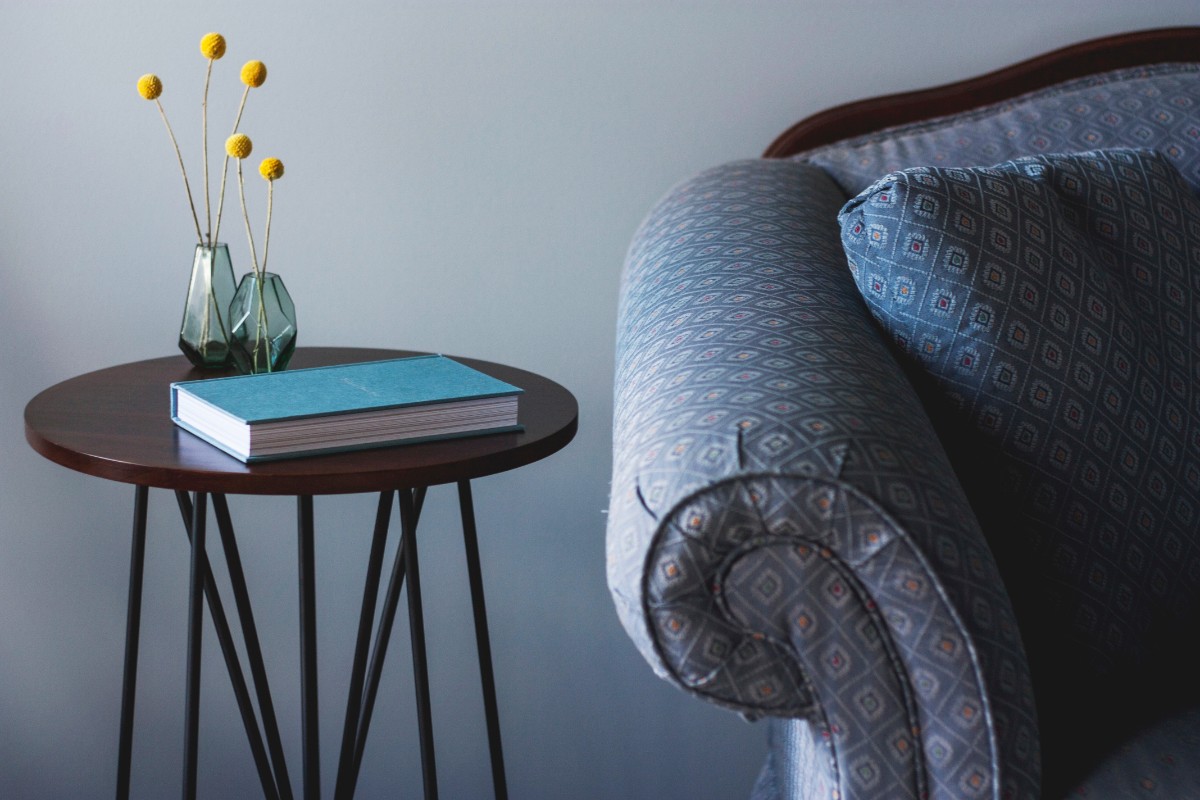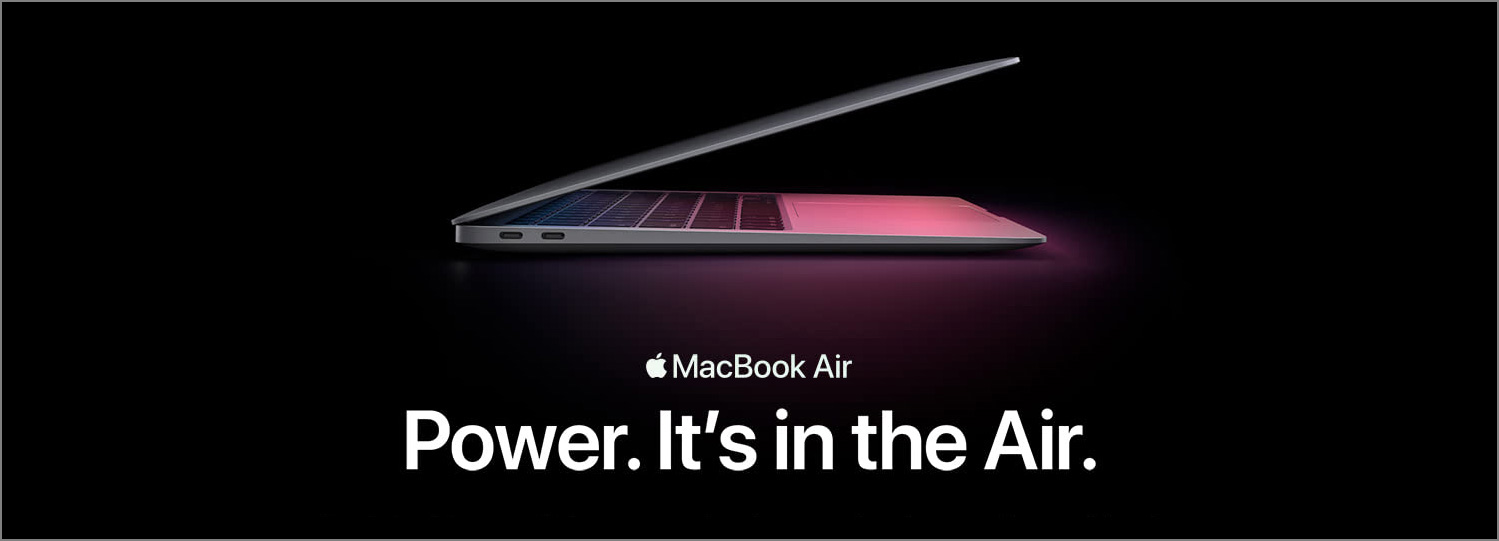As product designers, one of the challenges we often face is to come up with new products or features quickly, whether that’s at work or during a job hunt. More often than not, the prompts of these assignments tend to be brief and the problems are likely open-ended. Without a lot of specifics, how can we create something meaningful without designing haphazardly and feeling overwhelmed? Having gone through multiple projects like this, I’ve learned to stick to the 3 principles below so I can navigate these situations more easily. I’m sharing them here and hope you’ll find them helpful.
Do Just Enough Research
Sidenote: there’s a book written by Erica Hall named Just Enough Research. I haven’t read the book yet so I’m not sure if this section contains anything in common with it.
Research is the backbone of user-centered design. It informs or validates our value proposition so we don’t pluck product features out of thin air. However, doing research takes time. Real-world projects can either be so messy or move so fast that we don’t have the luxury to conduct any primary research. I remember in grad school, our team was given three months for the research part for our capstone project. At work, I’m given only less than 4 to 6 weeks for the entire project. In a job interview, candidates typically only have less than 15 hours to complete the entire design exercise. Under such circumstances, we can only afford to spend limited time on research, doing just enough so we can get everything done (including mockups/prototypes) on time.
This is where observations, assumptions, common sense, and secondary research should step in. These can all be inspirations, so jot them down when they pop into our head or when we notice them. Observation of a phenomenon, a user pain point or a user behavior can give us ideas on what problem to solve and what to design. Assumptions can make the user problem complete and help us move forward. Whenever possible, use secondary research and common sense to validate assumptions, because by definition, they are subjective and not always correct.
Another tool I like to use during the research/planning stage is scenarios. It goes hand-in-hand with the 5W1H framework. Scenarios can help us think about the user problem in rich details: Who’s in this scenario? When and where is he? What problem is he facing that needs to be solved? What are his needs and goals in this context? What can we design to help him?
It’s important that we hone in on one type of users and avoid designing for everyone. Doing so gives us a clear persona with a unique set of needs and goals so our design can serve this type of users really well. For other types of users, their needs and goals probably justify another tailor made product.
To illustrate this, let’s use the car example in the book About Face. It’s quite clear that buyers of sedans, sports cars and trucks have very different needs and goals. Imagine if we design only one type of car for all the users, we may end up with something that does nothing well that doesn’t satisfy anyone.
Make Your Product Smart and Considerate
Giving our product a smart and considerate personality is another way to generate meaningful features to design. This is another thing I learned from About Face. If the product we’re designing is a person, how will we want it to behave?
There could be a different personality worth adding to our product, such as fun, depending on what we’re designing and who we’re designing for. However, being smart and considerate is such a desirable trait for most digital products that we should aways try to include it in our design because it reduces friction and adds convenience.
Think one step ahead for our users and imagine the UI is magic. Think about what the product can do proactively and automatically without user input, what existing information can be leveraged to save the users’ time and effort, what interactions or steps are extraneous and can be removed.
Paint a Compelling Vision
“Fail fast” is something advocated by many in the design community including project advisors in grad school: create low-fi prototypes so we can test multiple ideas quickly through small experiments and see which one works best. While this is a lean and theoretically good practice, in a corporate environment where not everyone understands design that deeply, painting a compelling vision through hi-fi prototypes and storytelling matters even more.
Don’t underestimate the power of attractive visuals and dazzling animations in a hi-fi prototype. They make our design more real, give stakeholders a concrete idea of how things work and add moments of delight. While some in the design community say these are “porn”, I’ve encountered situations where average ideas with nice visuals and animations successfully get buy-ins from stakeholders.
By no means am I saying that we should care about only visuals and abandon the user-centered mindset. That’s not product design, and I’m against that. What I’m saying is that when we have an idea that we know will bring values to the users, be sure to paint a compelling vision through visuals and animations so that even stakeholders who understand design at the surface level will still buy into what we sell. As a rule of thumb, if the audience is an internal design team, it’s okay to show low-fi and mid-fi work to gather feedback; if the audience include stakeholders outside the immediate team or if it’s a job interview, try to present a hi-fi prototype.
To tell a good story, use the persona or journey map created in the research/planning phase to structure the deck. That way, you don’t just create a persona and a journey map just for the sake of creating them. Walk the stakeholders through the persona’s journey to show how her experience has been improved because of the new product/features. Remember, storytelling is a large part of product design, and personas and journey maps are the handy tools to do that.
Final Thoughts
When it comes to product design, there can be so much discrepancy between what we learn in theory and the real world.
The 3 principles I’ve shared are things that I’ve tried that still stand the test of a tight schedule and a culture where not every stakeholder necessarily knows what product design really is. If you find these tips helpful or you’ve got other approaches to designing meaningfully in a short time frame, leave a comment and let me know.

